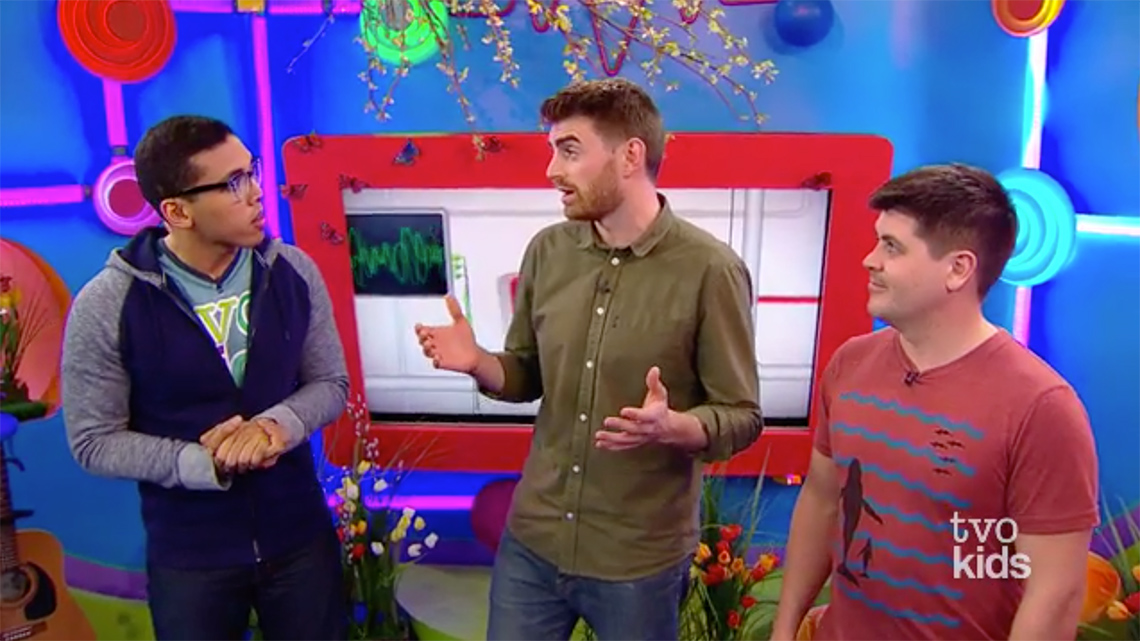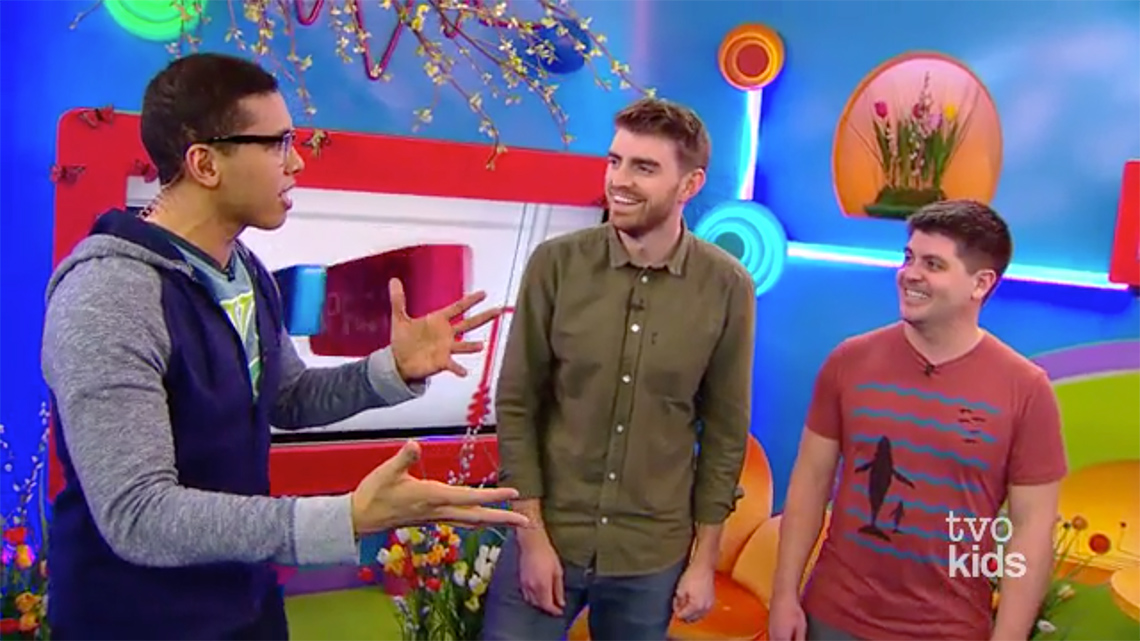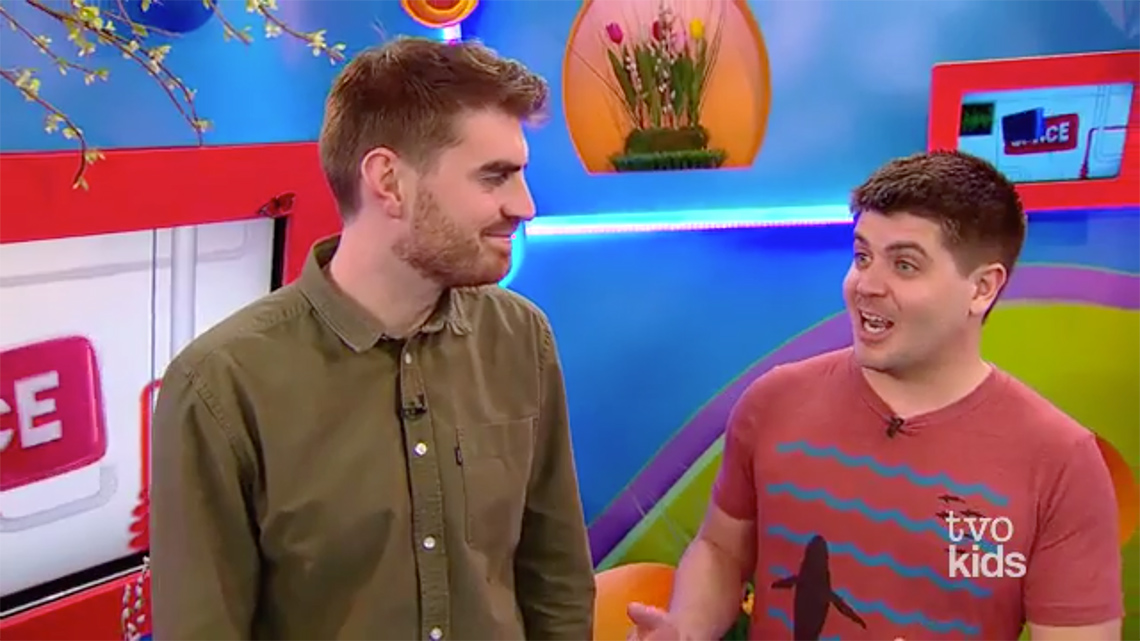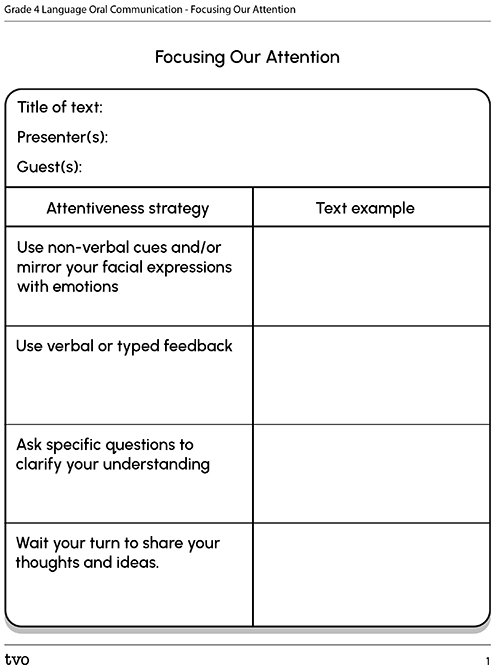Minds On
A conversation
Explore the following images.
What do you notice about these images?
Think about ways that you communicate with others.
How do you show others that you are paying attention?
Action
What does it mean to pay attention?

Paying attention involves focusing on someone or something very carefully.
There are many ways we can pay attention. We can use different attentiveness strategies to make sure we pay attention to the person who is sharing.
Attentiveness strategies include:
- using non-verbal cues and/or mirroring your facial expressions with emotions
- using verbal or typed feedback
- asking specific questions to clarify your understanding
- waiting your turn to share your thoughts and ideas
- building on the ideas of others
- reflecting on new information and/or ideas
These strategies help us to understand the information being shared, and we can avoid becoming distracted.
Attentiveness strategies
Explore the following attentiveness strategies and their examples.
For each example, select the strategy that it represents.
Focusing our attention
Use the attentiveness strategies you just explored to analyze the video below.
In this episode of The Space, Daniel interviews the Water Brothers.
Student Success
Think-Pair-Share
If possible, work with a partner to identify the strategies that Daniel and the Water Brothers use to pay attention to each other. How do you know they are paying attention to each other?
You can complete the Focusing Our Attention template in your notebook or using the following fillable activity document to record your observations. You can also choose any other method of your choice. Just be sure to provide examples from the oral text for the strategies that you observe.
Complete Focusing Our Attention in your notebook or using the following fillable and printable document.
Note to teachers: See your teacher guide for collaboration tools, ideas and suggestions.
Consolidation
Triangle-Square-Circle

Use the Triangle-Square-Circle strategy to reflect on your learning. You can record your responses using a method of your choice.
- Triangle: What are three important points you learned about attentiveness strategies?
- Square: What “squares” with your thinking? What did you learn about attentiveness strategies that you agree with?
- Circle: Consider what you’ve learned about attentiveness strategies that will “stick around” or that you can use in your everyday life.
Reflection
As you read through these descriptions, which sentence best describes how you are feeling about your understanding of this learning activity? Press the button that is beside this sentence.
I feel…
Now, record your ideas using a voice recorder, speech-to-text, or writing tool.



